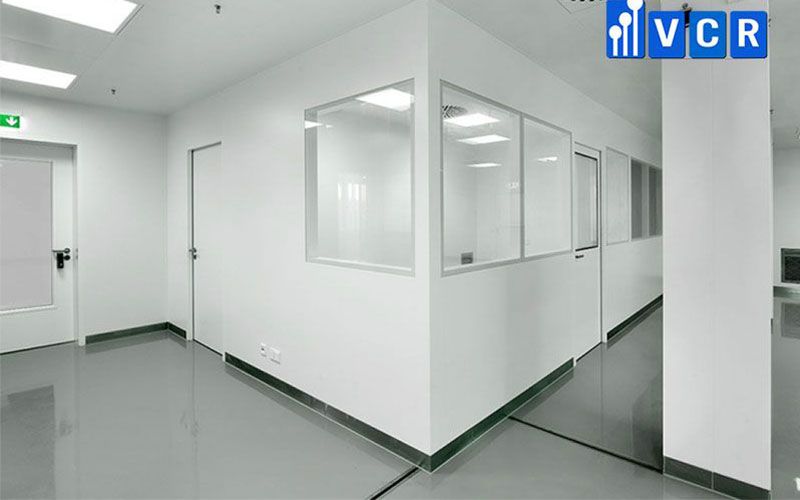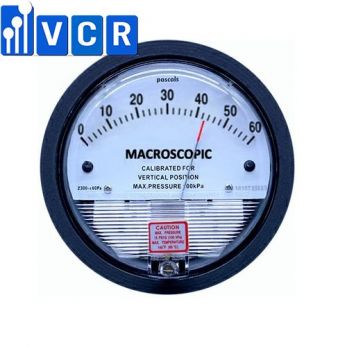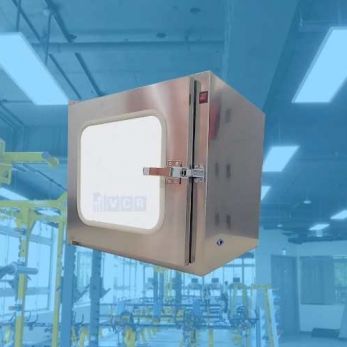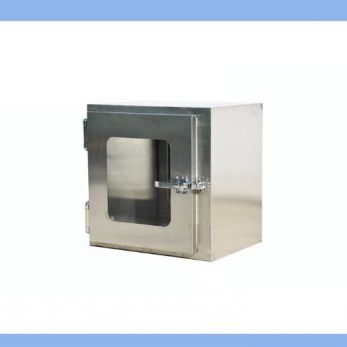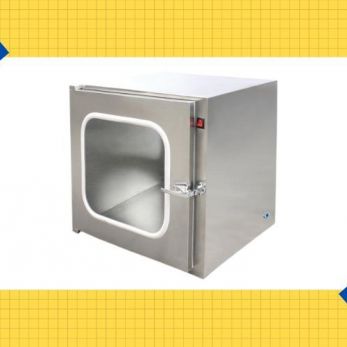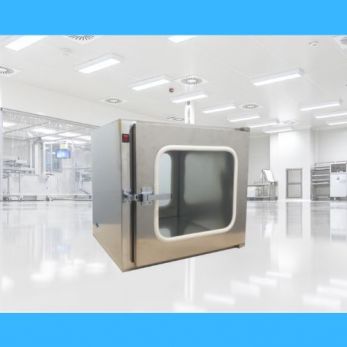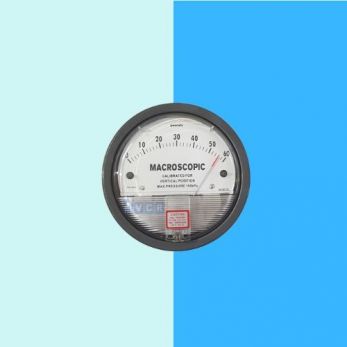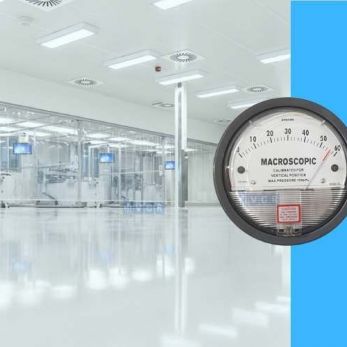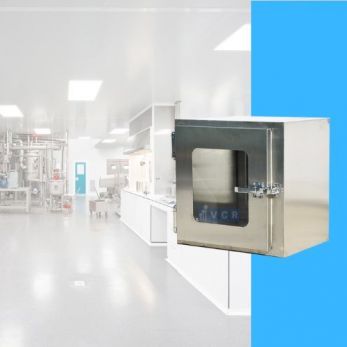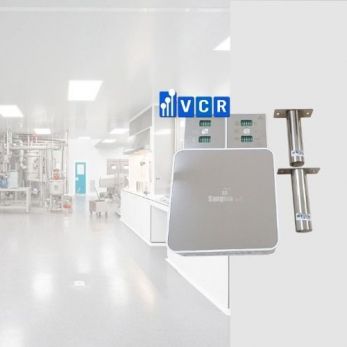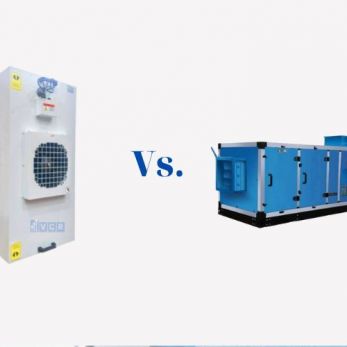CLEANROOM LIGHTING DESIGN
Lighting is mostly an afterthought in Cleanroom design, as the overall aim is to reduce contamination. Precision is paramount in cleanrooms. Therefore, to prevent contamination, Cleanroom equipment (including lighting) must be installed by Cleanroom
Lighting is mostly an afterthought in Cleanroom design, as the overall aim is to reduce contamination. Precision is paramount in cleanrooms. Therefore, to prevent contamination, Cleanroom equipment (including lighting) must be installed by Cleanroom professionals, all the while remaining germ-free.
The highly detailed work conducted in cleanrooms requires different requirements for lighting. Cleanroom lighting depends on its classification, as well as the purpose of the Cleanroom and ceiling air supply configuration. Subsequently, lighting should be designed with cleanability, electromagnetic field generation and contamination control issues in mind.
Cleanroom Lighting Fundamentals
Cost is a major consideration when choosing a lighting system for your cleanroom. Contributing factors include the initial cost and the cost of maintenance. Overheads are not a significant concern, as lighting consumes less than 1% of total energy consumption in the cleanroom.
Hence, the focus shifts to coordination with air supply systems, proper illumination and minimising the contamination of processes conducted within the clean environment.
The level of illumination depends on the different process areas within the cleanroom. Our engineers review all process areas to determine the illumination levels required for the type of tasks performed in the cleanroom.
One complication with lighting placement and spacing is the air supply system. Most of the ceiling in a restrictive Cleanroom consists of air supply filter panels, without any space for recessed lighting fixtures. A good Cleanroom design ensures maximum visual comfort and efficiency to enhance performance in the cleanroom.
Cleanroom Lighting Levels
Foot candles: A foot candle is the unit of lighting luminance, which equals one lumen per square foot.
Lumens: Lumens describe the luminous flux or the light output of the source.
Lux: Interprets how the human eye sees the light and measures the brightness/light intensity.
Source https://www.cleanroom-industry.com/






